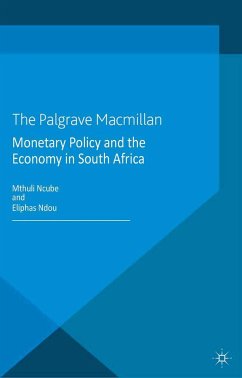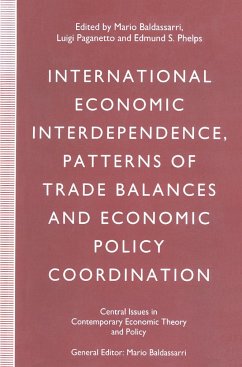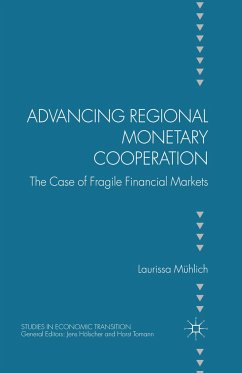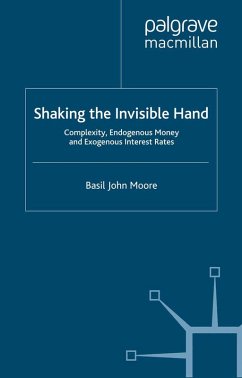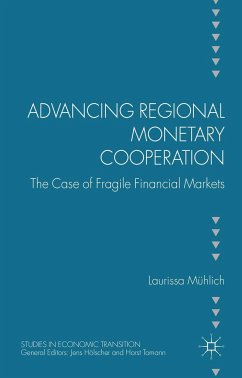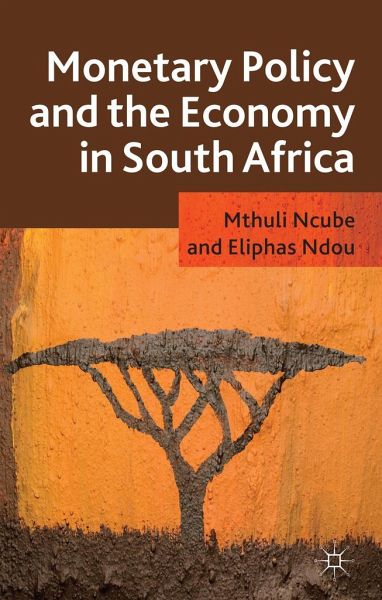
Monetary Policy and the Economy in South Africa
Versandkostenfrei!
Versandfertig in 6-10 Tagen
38,99 €
inkl. MwSt.
Weitere Ausgaben:

PAYBACK Punkte
19 °P sammeln!
Monetary Policy and the Economy in South Africa covers both modern theories and empirical analysis, linking monetary policy with relating house wealth, drivers of current account based on asset approach, expenditure switching and income absorption effects of monetary policy on trade balance, effects of inflation uncertainty on output growth and international spill overs. Each chapter uses data and relevant methodology to answer empirical and pertinent policy questions in South Africa. The book gives new insights into understanding these areas of economic policy and the wider emerging-markets.



